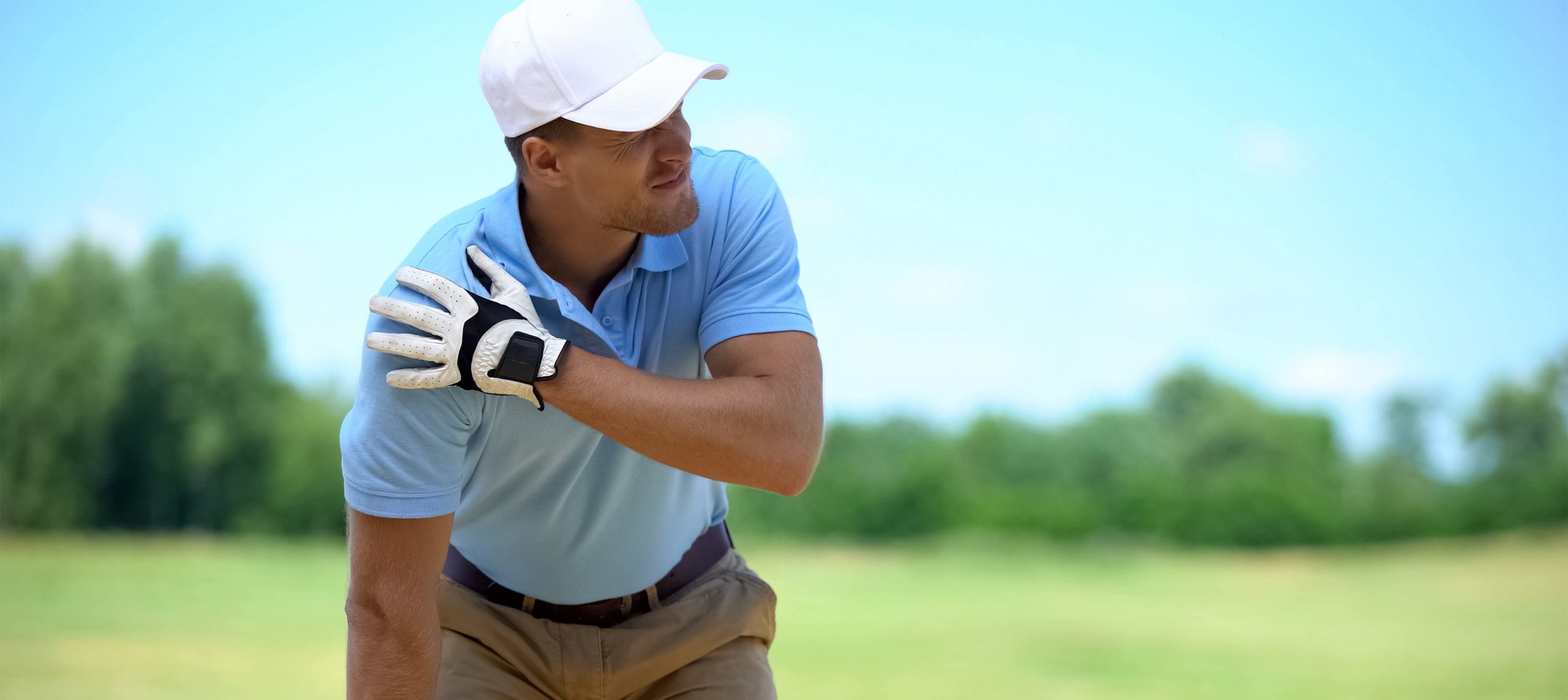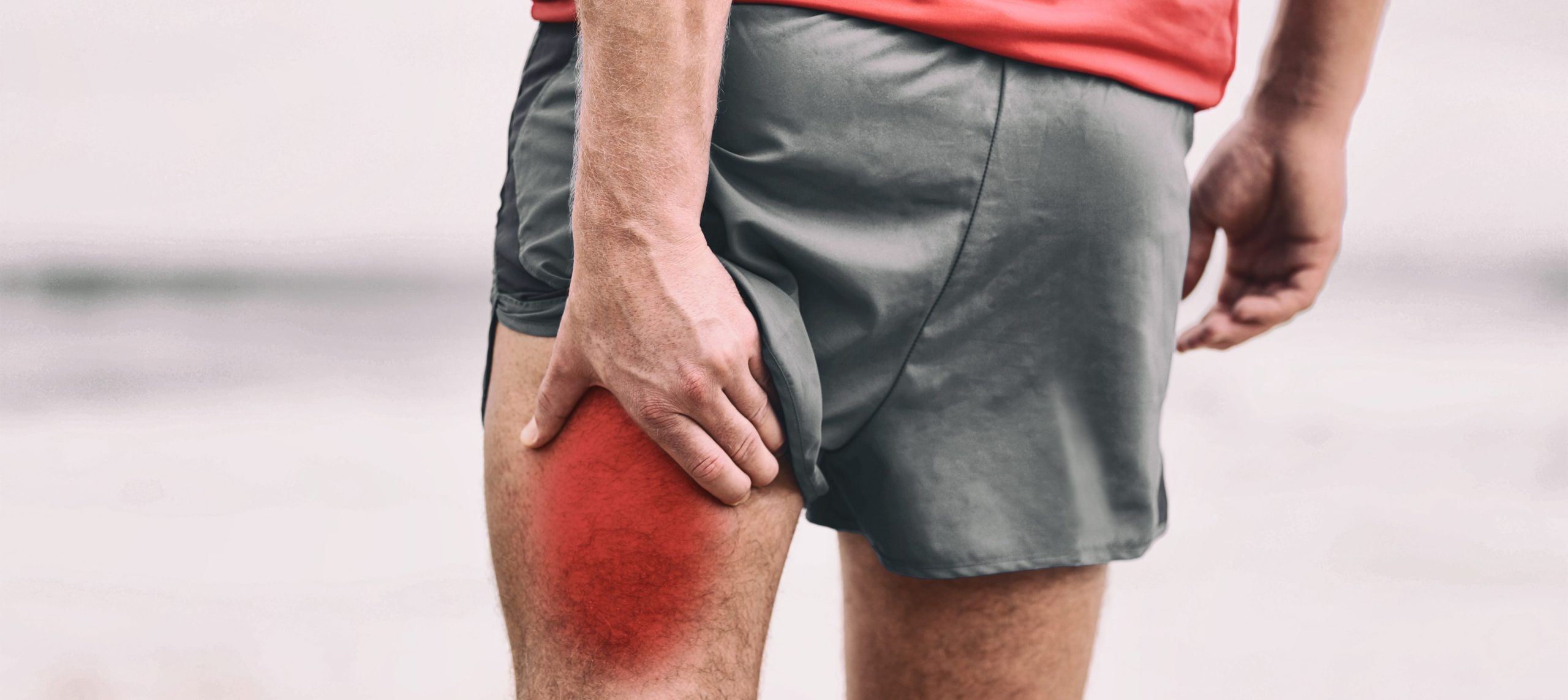
Osteopathy and Sport
Sports injuries are common, especially in contact sports where bruises and strains are part and parcel of everyday life. The nature of professional sports is so intense and frantic today that injuries are almost inevitable; to address this, osteopathy has emerged as an important component of the condition process; for example, the number of sport clubs employing an osteopath has increased significantly in recent years. Professional sports players depend on osteopathic treatment as a means of keeping their bodies in optimum physical shape as well as a way to heal or ease existing conditions. Common sports injuries include strains and sprains, which affect the tendons, muscles and ligaments as well as swelling, bruising and areas of muscular pain or aching.
Osteopathy identifies problems relating to the muscles, bones and tissues; this broad approach helps to identify wider issues which can contribute to localised pain or specific complaints.
In sport, osteopathy is often used as a preventive measure in order to keep the body in optimum condition and to reduce the risk of injury in the future. This is achieved by keeping the muscles loose and warm prior to a game or match and allowing the muscles to relax and cool at the end; massage is often used to ensure the muscles are relaxed.
Repetitive strain injuries such as tennis elbow are caused by prolonged strain on a particular muscle or tendon; these injuries are not exclusive to tennis and can also be experienced in other racquet sports as well as non-sporting activities including gardening, typing and playing a musical instrument. Treatment for repetitive strain injuries often involve specialised stretching and strengthening routines; these can often be carried out at home.

Injuries related to long distance running often include inflamed tendons, ‘shin splints’ and aches and pains, particularly in the hamstrings and the back. Osteopathy can stretch and condition the muscles and ease the pain; a routine of stretches to carry out at home can also be recommended.
Osteopaths experience everyday activities, sports, dancing, walking running, rock climbing etc. We understand how injuries can occur, learn about what has gone wrong and ways that can recitify the reoccurrence or help the injuries to heal including rehabilitation.
Although this section is about sports, the osteopathic reasoning can be applied for any activity that creates stresses and strains in our body.
Sport Injuries that can be assessed, treated osteopathically, or referred for further assessment using other therapies
- Sprains
- Sprained / ‘Twisted’ Ankle
- Pulled Muscle
- Muscle Cramps
- Frozen Shoulder
- Tennis Elbow
- Shin Splints
- Achilles Tendonitis
- Runner’s Knee
- Lower Back Strain
- Foot Arch Strain & Pain
- Anterior Knee Pain
- Osgood-Schlatter disease
- Concussion
- Stress Fracture
- Spondylolisthesis
- Plantar Fasciitis
- Knee pain
- Iliotibial band pain
- Big toe joint pain
- Heel pain
- Back Pain
- Groin Pain and Strain
- Hamstring Strain
- Knee Joint Injury
- Nose Injury
- Headaches and head knocks
- Rotator Cuff injuries
- Shoulder Injury
- Golf Elbow
- Joint Sprain
- Muscle Strain
- Neck Pain
- Tenosynovitis
- Acromioclavicular Joint (ACJ) Injuries
- Hip Osteoarthritis
- Joint pain
- Developmental dysplasia of the hip
- RSI – Repetitive Strain Injuries
- Fractures
- Boot-stud injuries
- Knee damage twisting
- Ankle injuries
- Overuse Injuries
- Football Injuries
- Skiing Injuries
- Running Injuries
- Judo Injuries
- Tennis Injuries
- Swimming Injuries
- Rugby Injuries
- Golf Injuries
- Cricket Injuries
- Athletic Injuries
- Cycling Injuries
- Gymnastics Injuries
- Post Operative Rehabilitation
- Sports and Nutrition
- Sports Training
- Athletic Trainers
- Sports Injury Testing and Diagnosing
- Headache
- Facial injuries
- Elbow Injuries
- Neck Injuries
- Shoulder Instability
- Muscular Injuries
- Wrist Injuries
- Root compression of nerve
- Stress fracture of pars interarticularis
- Fractured tibia and fibula
- Gastrocnemius/soleus strain
- Sever’s lesion
- Foot Injuries
- Knee Injuries
- Buttock Pain
- Dealing with chronic muscle pain and injury
Examples of conditions treated by osteopathy
The range of conditions which may be treated by osteopathy is vast and covers complaints common in babies, right up to those which commonly affect elderly people.
The most common conditions treated by osteopaths are aches and pains related to the muscles; usually these are located in the back and neck. Back and neck pain may be attributed to poor posture, which can also be improved as a result of osteopathic techniques.
Sports injuries such as strains and sprains are also frequently treated by osteopaths; this often forms an integral part of a sportsperson’s recovery and rehabilitation program and can help to restore the body to full physical fitness in a shorter period of time. Osteopathy can also prevent sports injuries by ensuring the muscles are loose and good posture is maintained.
Who can benefit from Osteopathic treatment?
Osteopathic treatment is available to everyone and can benefit people from all walks of life. In contrast to active sportspeople, those with more sedentary office-based jobs may also experience conditions which may be eased by osteopathic treatment; these include back pain resulting from poor posture and repetitive strain injuries. Today, it is estimated that 5% of the workforce has time off work in association with back pains. Increasingly, osteopathy is used to improve conditions that result from the workplace setting; treatments can ease pain as well as contributing to the increased efficiency of the workforce
Pregnant women can also benefit from this kind of treatment as it helps to improve the positioning and alignment of the spine; this can ease pains and aches.
Arthritis can be extremely painful and is a common condition in older people; symptoms such as aches and pains can be soothed by osteopathic treatment. Joint pain which is common in older people can also be eased as a result of this type of treatment; commonly these pains are experienced in the hip and shoulder joints. Many older people also experience increased stiffness in their joints as they age; this can often be released as a result of osteopathic treatment. Older people are often fragile; therefore a gentler approach will often be taken to their care and therapy.
What does Osteopathic treatment involve?
Osteopathic treatment often combines practical exercises such as stretches and techniques such as massage. Each individual is different and the treatment will be designed to suit the specific individual; young children and the elderly will be treated in a different way to professional sports players, for example.
The majority of treatments are carried out by hand; usually this involves massaging the muscles in order to ease tension and may also include techniques known as thrust techniques and manipulative therapy; these methods are commonly used to correct poor alignment or function of the joints and can improve the range of movement as well as aiding general posture. Stiffness will also be reduced by these procedures.
Treatment is often coupled with practical advice which may concern the type of lifestyle a patient leads, their diet and practicalities such as what kind of mattress they have or the type of chair they sit at when at work.